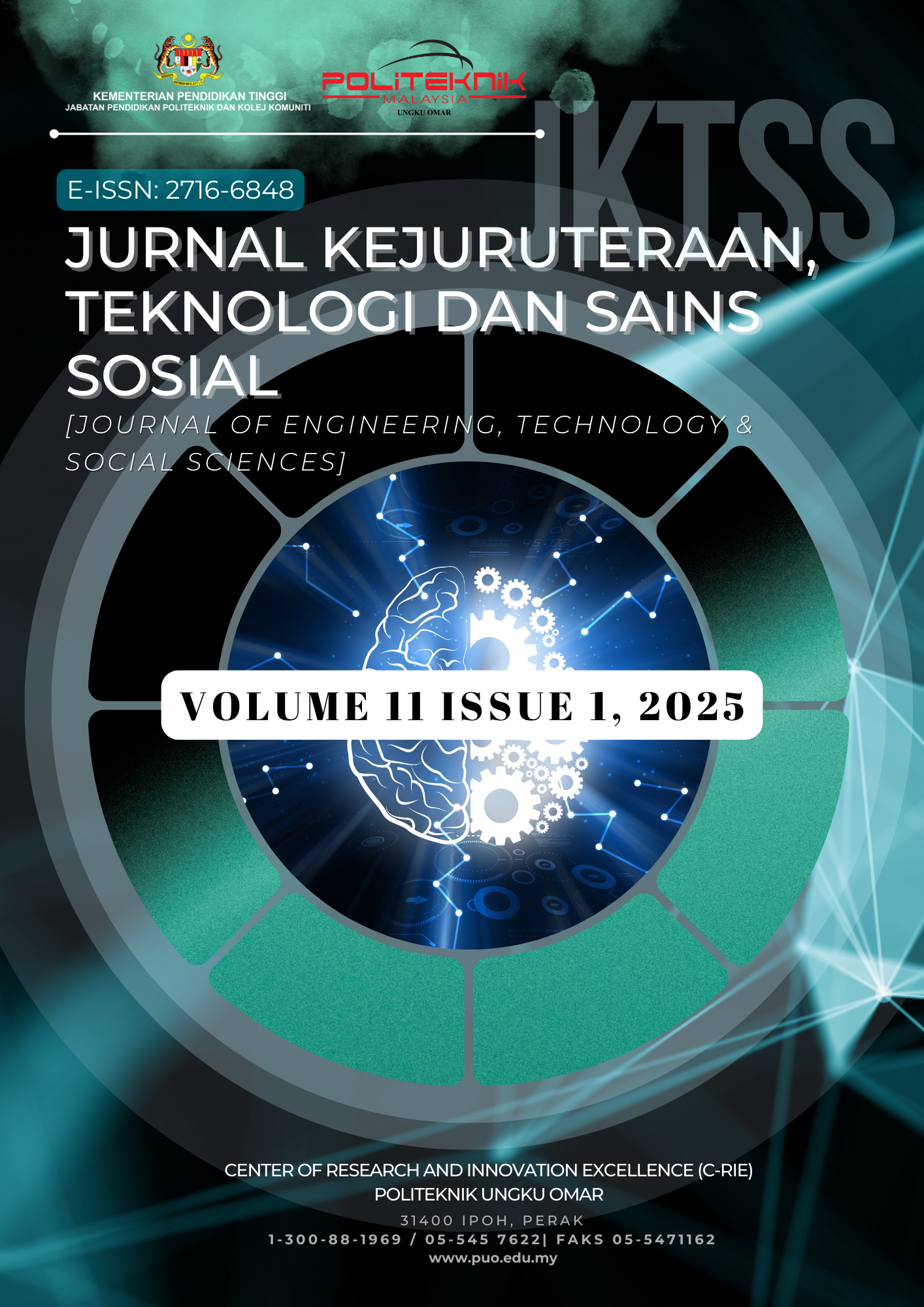EVALUATION OF USER EXPERIENCE IN ADAPTIVE STICK FOR BLIND SOCIETY SARAWAK MALAYSIA USING USER EXPERIENCE QUESTIONNAIRE (UEQ)
Keywords:
User Experience, Assistive Technology ; Adaptive Stick ; Visually Impaired ; User-Centered DesignAbstract
This study evaluates the user experience of the Adaptive Stick designed for the Blind Society in Sarawak, Malaysia, utilizing the User Experience Questionnaire (UEQ) method. The Adaptive Stick developed as part of a Corporate Social Responsibility (CSR) initiative and knowledge transfer program. The study aims to enhance mobility and independence for visually impaired individuals. A quantitative approach was employed, with data collected through the questionnaire interview to users of the Adaptive Stick. The UEQ framework, comprise of six scales which are Attractiveness, Perspicuity, Efficiency, Dependability, Stimulation, and Novelty was utilized to evaluate various aspects of user experience. The results indicate the positive user experience, with high scores in attractiveness (2.58) and stimulation (2.69), suggesting that users find the device engaging and visually appealing. However, areas for improvement were identified, particularly in perspicuity and dependability, which received scores of 2.00 and 1.56, respectively. These findings highlight the need for enhancements in understanding and reliability to foster greater user confidence. This evaluation emphasizes the significance of user-centred design in developing assistive technologies. The lesson gained from this study can inform future iterations of the Adaptive Stick to ensure it meets the needs of visually impaired users more effectively. Overall, the research contributes to the understanding of user experience in assistive devices and emphasizes the importance of continuous improvement based on user feedback.










